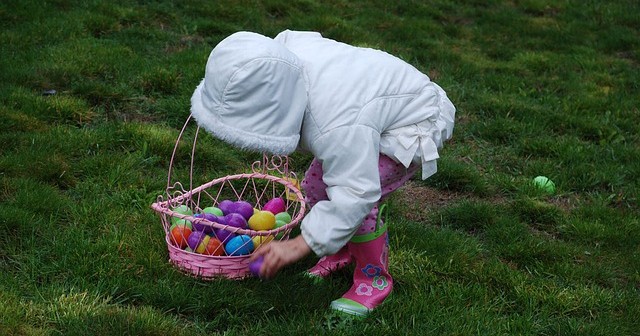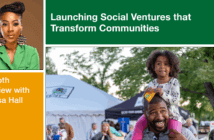On the weekend of my first Easter as a church planter in Mt. Juliet, Tennessee, I made the drive from my house to a local city park. It was Saturday, and I noticed church after church hosting their annual Easter egg hunts. The parking lots were packed, and children filled church lawns covered in pastel covered eggs. A part of me longed to join them. I remembered taking my own children to the church Easter egg hunt.
This year, however, I was driving to the city park for an event hosted by our community center called Spring Jam. It was an event for children and families with games, activities, and, of course, an Easter egg hunt. The Spring Jam was sponsored by the city and local businesses. Our new church, which had yet to have its first worship service, was one of the sponsoring entities, and we had a booth with face painting, balloons, and candy. Over 5,000 people attended the Spring Jam that day.
There are many ways to leverage the land and building you have to serve the community, but for a couple of events a year, pretend you don’t have those things.
Presumably these were people who did not have a church Easter egg hunt of their own to attend. We shook their hands, painted their kids’ faces, and invited them to Providence Church. We left the Spring Jam that day and headed to a local apartment complex where we hosted, on their grounds, a similar Easter celebration with games and activities for the 50 or so children who lived there.
We didn’t go out into the community because we believed there to be anything wrong with events on the church grounds. We did it because we had to do it. We had no land or church building to host our own event, and for that matter, not many children of our own. So we joined with our community and went into the community to encounter people for Christ. We pledged that day, though, to be a church that would not be bound by the walls of a building.
In a time when those who don’t already come to church won’t just come to church on their own, we have to be creative in the ways we go to them. It does not mean an abandonment of church buildings or that we should not build new buildings. It does mean that the buildings are used and seen in different ways than they were before and that we must be committed to our communities in ways we weren’t before.
We begin by listening to and learning from our communities (even if we have lived there a long time!). Next we commit or recommit ourselves to the people outside the walls of our church. To reach new people, we have to have a visible presence in our community. Look for ways to engage the community where church members and attendees get the opportunity to live their faith by serving others. There are many ways to leverage the land and building you have to serve the community, but for a couple of events a year, pretend you don’t have those things.How would you reach out and encounter new people if you did not have a building or land?
Often the only events churches hold for their communities are fundraisers for things such as a new playground or sending youth to camp. While these are worthy ventures, consider what message your fundraisers send to those outside of the church: “Come help us do something for us.” Instead, do things for the community that are not fundraisers but instead require your funds, energy, and prayers.
On the first day of summer in our first year as a church, we had a cookout with free food and snow cones for a local trailer park. On Armed Forces Day our community invited all military families and veterans to an event. We were there with a prayer wall on which people could write the names of those close to their hearts who have served or were currently serving in the military. The next day in worship we carried the prayer wall into our sanctuary (a movie theater at the time) and prayed for those on the wall. We partnered with a public school to build a Math Garden on their campus to assist in teaching basic math skills to children.
You may ask, “What do these events have to do with the good news of Jesus Christ?” They are ways that we can go into our community, walk the streets as Jesus did, and become acquainted with our mission field. We often see needs that we didn’t know existed. We can invite others to join us in worship. How can we share the gospel if we never encounter those in need of the gospel?
Find out what existing community events you can join. You may be surprised how willing community organizers are to work with a church on these events. You will establish relationships that will be of value for years to come. If your community does not offer such events, maybe your church should plan them. Be creative and have fun doing things that your church can uniquely do and offer to others! These events will not always equate to new people in your church, but they will create a culture within your church that you are open to new people and are outwardly focused, which will lead to new people. What spaces outside of your church building are available for you to reach new people?
This article is adapted from James’ new book, The New Adapters: Shaping Ideas to Fit Your Congregation, published by and used with permission of Abingdon Press and available at Cokesbury and Amazon.
Related Resources:
- Taking Church to the Community Resource
- Host Bridge Events to Reach New People by Bob Farr, Doug Anderson, and Kay Kotan
- Taking Church to the Community by Ann A. Michel
- Take Your Ministries Outside the Walls by Glynis LaBarre






